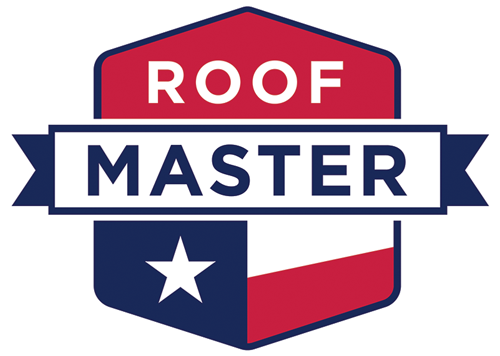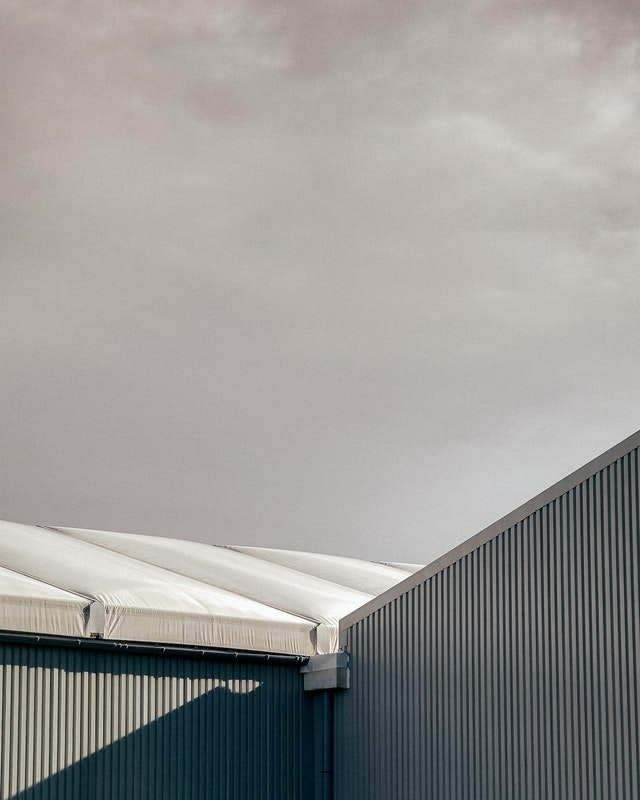Before buying a rubber membrane roof, it’s important to compare TPO vs. PVC roofing. Thermoplastic polyolefin (TPO) and polyvinyl chloride (PVC) can fit both low and steep roofs and are more common in commercial buildings. However, they have different properties that need to be taken into consideration.
Commercial building owners will usually evaluate roofing materials baked on their longevity, affordability, and energy efficiency. However, although the two types of roofs are from the same raw material, they have similarities and differences. For example, both materials are energy efficient, but TPO is sturdier than PVC.
While looking at the similarities and differences between TPO vs. PVC, homeowners should have a working understanding of the different installation methods. While you should always ensure you contact a roofer to do the job, knowing the pros and cons of each roofing material helps you make the correct choice for you.
Similarities of TPO and PVC Roofing
Choosing between TPO and PVC can be challenging because they share some similarities. The roofing materials are both made from a rubber membrane, although different manufacturers have their own method of modifying the roofing material to suit client needs. Some similarities are:
1. Sturdiness
TPO and PVC membranes are highly resistant to leaks. They are a good option for flat roofs because some shingles like slate and metal sheets cause leaks on flat roofs. The rubber membrane has fewer seams, hence fewer penetrable areas for leaks.
2. Energy Efficiency
The TPO and PVC roofs come in a white membrane, reflecting sun rays. When the UV rays don’t hit the roof directly, the rooms remain cool and the inside of the home reaches the right temperature setting more quickly. In turn, this means there is less usage of the HVAC system and lower energy bills.
3. Chemicals and Oil Resistance
If you install the PVC or TPO roof on industry premises, it can help protect from oil and chemical damages. Some roofing materials wear and tear faster when exposed to chemicals, but PVC in particular has more chemical and oil resistance.
4. Flexibility
The rubber membrane of roofing materials make them easy to install because of their flexibility. Even if your roof’s structure is uneven, it won’t be visible when using a TPO or PVC roof, since the material matches your commercial roof’s shape and sloping.
Comparing TPO vs. PVC
Buyers should look at the different characteristics of PVC and TPO before purchasing. Always choose the material with favorable features, depending on your needs. When comparing TPO and PVC roofs, you will notice differences in these categories.
1. Environmentally Friendly
While both roofing materials are sturdy, durable, and resistant to climatic conditions, TPO is more environmentally friendly. This factor can be a significant objective for some homeowners. In some areas, the building code will require you to install an environmentally friendly roofing material, which makes TPO the better option.
2. Manufacturing
TPO roof manufacturers use ethylene or polyethylene and bind it to rubber. These roofs are different from PVC because the latter are usually produced through the polymerization of vinyl chloride monomers. The manufacturer then adds plasticizers to the roof membrane to improve how flexible it is, so TPO roofing tends to have increased flexibility, but at the cost of some durability.
TPO and PVC Installation Methods
TPO and PVC roofs have similar installation methods to choose from, though they might require using different types of installation, depending on what works for their situation and their preferences. Some of the ways TPO and PVC roofing get installed are:
1. Mechanical Fastening
Both TPO and PVC membranes usually come in 10 x 100 rolls, which are easy to unroll and screw in. The installer uses plates and nails to fasten the roof, and they will usually space the fasteners according to the manufacturer’s requirements and the area’s codes.
Mechanical fastening is one of the cheapest and fastest ways to install PVC or TPO. Unfortunately, this method has some downsides – for example, a particularly windy day can cause the membranes to loosen and fly off, which can require repairs.
2. Fully Adhered- Smooth Membrane
A fully adhered-smooth membrane does not need fasteners. Instead, installers glue down the entire membrane with an adhesive. The experts can also install the roof with or without a fleece back membrane.
A fully adhered smooth membrane costs more than mechanically fastened installation because the fleece backed membrane that gives its characteristics is more expensive to produce. However, they also tend to be more secure depending on the strength of the adhesive and how it was installed.
3. Self-Adhered Membrane
When using the self-adhered membrane installation method to fix the TPO or PVC roofs, you first roll out the membrane over the insulation or the cover board. You then fold it back, exposing the release liner of the membrane.
The next step is to split the line into two long rolls. The exposed half of the membrane is then pulled off, and the installer rolls the membrane to ensure adhesion. This method is less costly and time-consuming, which can be an effective way to save on roof upkeep costs.
PVC vs. TPO Roofing Pros and Cons
Like any other artificial materials, PVC vs. TPO roofing each has advantages and disadvantages. Studying the benefits also helps you in deciding the most suitable roofing material.
Advantages of TPO
- TPO is less expensive than PVC. If you are working with a budget, TPO roofing is a cost-effective option.
- TPO is more durable because it has excellent resistance to wear and tear compared to PVC, so you won’t have to deal with regular roof repairs and replacements.
- Unlike PVC, TPO does not require an additional plasticizer to remain flexible, making it stronger on average.
Disadvantages of TPO
- Different TPO roof manufacturers use different components and materials in their products, leading to differences in quality. Some of the lower-quality TPO roofing materials have a lifetime of less than ten years.
- TPO manufacturing technology is continually adjusting, leading to successes and downfalls. Therefore, there’s a lack of a proven track record or consistency with using TPO roofing.
Pros and Cons of PVC
Now that you know the advantages and disadvantages you get from TPO, let us look at the pros and cons of PVC.
Pros of PVC
- PVC has a longer lifespan and can last you for over 20 years.
- PVC roofing material is more resistant to fire and chemical hazards than TPO. Many warehouse and manufacturing buildings that have a higher fire risk prefer PVC roofing.
- PVC roofs are recyclable, making them environmentally friendly. They also reflect the sun and ultraviolet rays, increasing energy efficiency.
Cons of PVC
- PVC membranes are more expensive than TPO. The upfront high cost discourages most people who are buying on a budget.
- PVC roofing is not suitable for cold climates, because when it gets cold, the roof becomes brittle and can crack, requiring repairs.
Conclusion
Now that you can differentiate TPO vs. PVC roofing, you can easily decide on the rubber roofing membrane to select for your next renovation project. While DIY roof installation is always an option, it can lead to problematic results if you don’t have the right skills. Instead, it’s much better to hire a qualified installer like Roof Master to do the job right and let your TPO or PVC roofing last for years to come.



